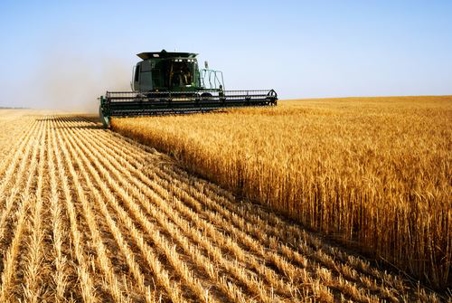Domina Law Group pc llo’s practice includes a long history of service to farmers. As the Nebraska Supreme Court recognized in a law-changing decision won by Domina Law Group pc llo’s client in 2012, proving damages in a crop loss case is extraordinarily difficult.
“So is proving liability,” Dave Domina said, “especially if we are contacted after harvest, and after much of the evidence has been destroyed.”
Domina suggested some simple, specific steps for producers who suspect crop damages caused by seed hybrid, or plant genetics problems, or by the selection, or application, or operation of chemicals or fertilizers:
- Visit the fields no less frequently than every other day. Take photographs of damaged areas. Date the photographs, and identify the locations where they were taken.
- Use an agronomist. Make sure you pay for quality. Do not “save money” on the investigation.
- Have the independent agronomist document the circumstances with his own field notes, photographs if necessary and other recorded observations.
- Collect plant tissues. Freeze them. Keep them frozen.
- Send plant tissues to a laboratory. Consult with us before choosing the laboratory. The right lab, conducting the right tests, is critically important.
- Notify the potential defendants-all of them. Include the seed corn company, the chemical and fertilizer companies, and the local vendor and applicator.
- Do not believe the company line of those you contact when they say “we are here to help you.” Be skeptical.
- Let others investigate, but do not simply accept their recommendations blindly.
- Keep meticulous crop records. Include pre-planting records, planting notes, irrigation notes and logs, NRD records, farm program registration and certification records, and make sure they are all consistent. Do not guess when you fill out the paperwork and create inconsistent records because you guessed.
- Keep meticulous harvest records. When harvesting, take photographs that contrast damaged areas with undamaged areas. Calculate yields with precision. Take yield checks both in irrigated and non-irrigated, affected and unaffected areas.
- Take these precautions on every field. Do not leave out any, and average them.
- Do not turn the evidence over to others. Deliver it to your lawyer. Make sure your lawyer knows what to do with it.

